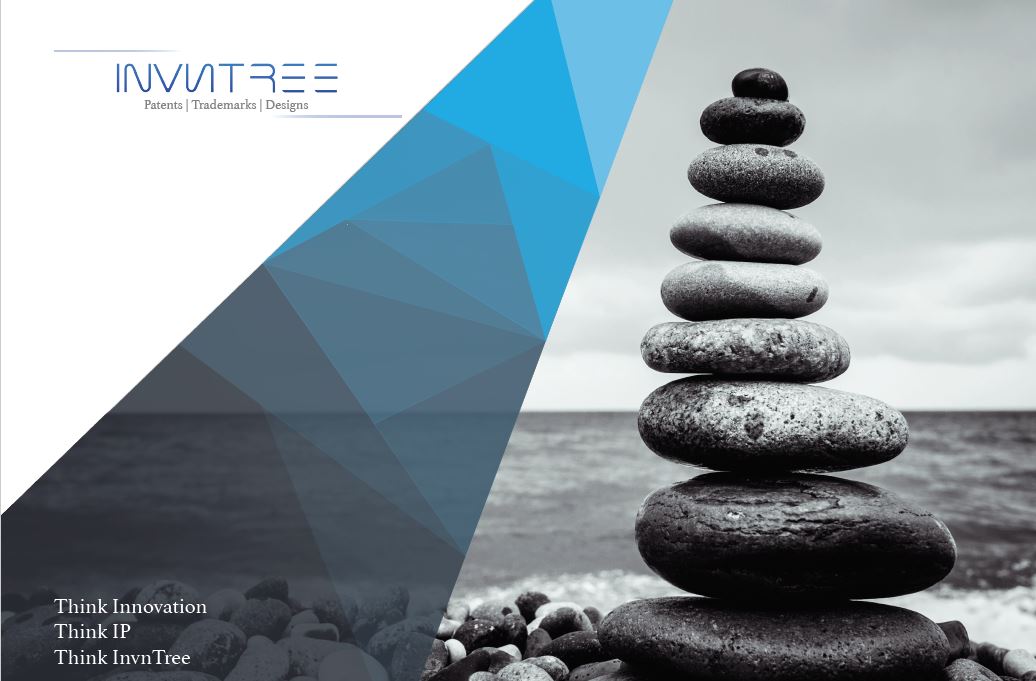WIPO Technology and Innovation support centers in India

What is TISC?
In April 2009, the member states of World intellectual property organization (WIPO) directed the organization to commission “Technology and Innovation Support Centers (TISCs)” as Pilot programme to facilitate the national offices for intellectual property in developing countries, especially Least Developed Countries (LDCs), as well as their regional and sub-regional intellectual property organizations to access specialized databases provided by WIPO.
According to WIPO, the TISCs will provide the following services:
- Access to online patent and non-patent (scientific and technical) resources and IP-related publications;
- Assistance in searching and retrieving technology information;
- Training in database search;
- On-demand searches (novelty, state-of-the-art and infringement);
- Monitoring technology and competitors;
- Basic information on industrial property laws, management and strategy, and technology commercialization and marketing
Since the launch of the programme till 2016, about 519 TISCs have been established throughout the world out of which about 280 TISCs are established in African continent. It is acknowledged that through access to specialized databases and capacity building provided by TISCs, the innovation index and intellectual property has improved considerably in these nations.
India’s Pact with WIPO on TISC
Followed by the success of TISCs majorly in LDCs, On 13th November 2016, Department of Industrial Policy and Promotion (DIPP), Government of India (GOI) made a pact with WIPO to establish TISCs in India. According to the statement released by DIPP, “TISC will give an impetus to Knowledge sharing, sharing of best practices among the TISC’s, capacity building, generation and commercialization of IPs” which will help India to improve its IPR infrastructure.
IPR infrastructure in India
The Indian government has continuously taken initiatives to enhance the IPR infrastructure. For example, during the 11th Five Year Plan, GOI established an institution named “National Institute of Intellectual Property Management (NIIPM)” which focuses on training the examiners of Patents, Designs, Trademarks and Geographical Indications, IP professionals and IP managers. It also aims to impart basic education to user communities, government functionaries and stake holders involved in creation, commercialization and management of intellectual property rights (IPR). Recently the Cell for IPR Promotion and Management (CIPAM) announced a scheme called “Creative India, Innovative India” which was expected to commence by April, 2017. The scheme at an expense of around INR 30 crores (approximately USD 5 million), aims to create awareness and educate various user communities which are involved in innovation and commercialization of IPR. On the other hand, India has numerous techno-legal IPR firms that works for several decades in the field and offers high quality IPR services.
If institutions like NIIPM and schemes like “Creative India, Innovative India” work to fulfil and deliver their respective agendas, India will acquire all benefits that are claimed to be delivered by TISCs. Hence, the establishment of TISCs will replicate the same benefits that will be achieved through foregoing schemes and also seriously affects the growth of Indian IPR firms that have been diligently working to make remarkable improvements in the field for several decades. Not to forget, Indian IPR firms have been providing IP services, specifically patent services, to firms in US and Europe.
It may be fair to conclude that India has significant knowledge and resources in the field of IPR and has infrastructure to further improve IPR services within the country. Hence, India may utilize the home-grown institutions and firms to strengthen IPR, and introduction of TISCs may only dilute the resources available for the cause.
We hope this article was a useful read.
Please feel free check our services page to find out if we can cater to your requirements. You can also contact us to explore the option of working together.
Best regards – Team InvnTree
This work is licensed under a Creative Commons Attribution-NonCommercial 3.0 Unported License

 Follow
Follow



Leave a Reply